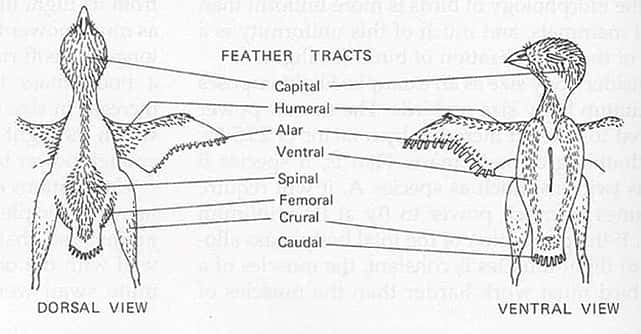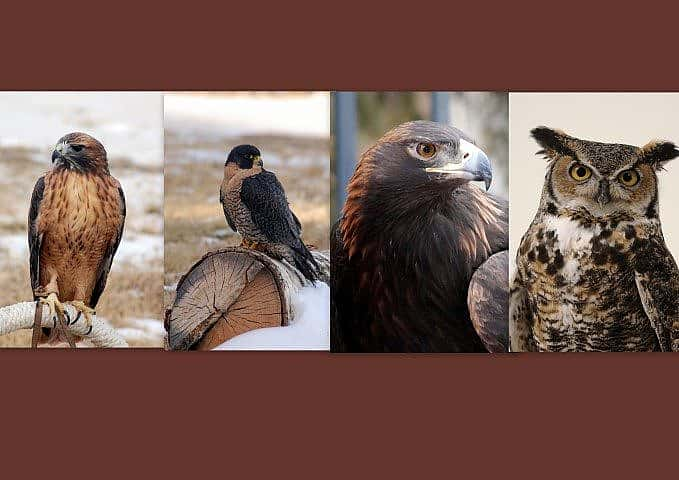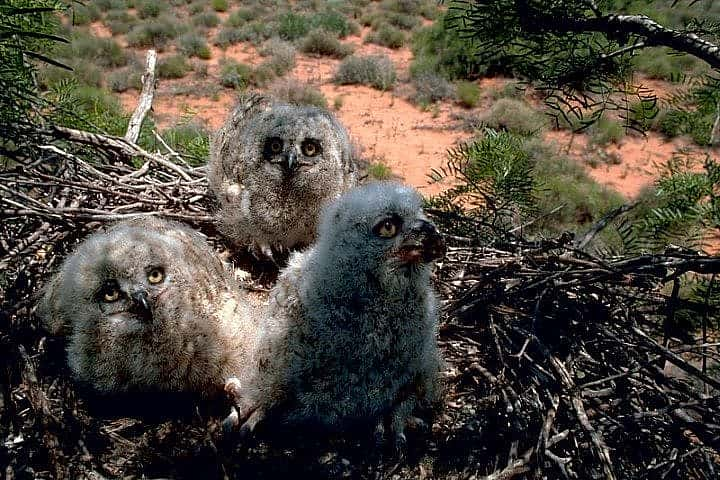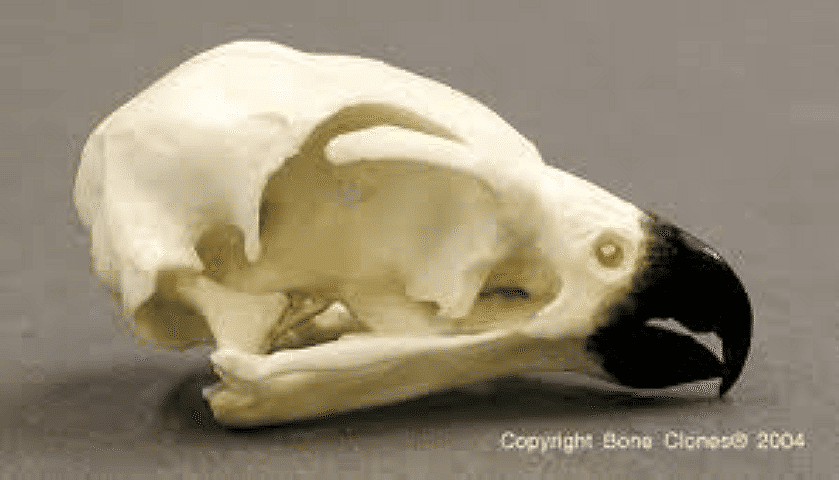
Seven Facts You May Not Have Known About Birds of Prey
Here are some facts you might not know about birds of prey
- FACT #1: There are 30 species of hawks, falcons, and eagles as well as 18 species of owls breeding in North America.
- FACT #2: The scientific name of turkey vultures, Cathartes aura, means “purifying breeze” which reflects vultures’ ability to clean-up animal remains.
- FACT #3: The bald eagle has 7,192 feathers. Feathers on a bird are not evenly distributed. They grow in distinct tracts or lines, with large areas of bare skin that help cool the bird.

- FACT #4: Most birds do not make it past their first winter. This is usually due to predation or starvation.
- FACT #5: Kestrels can see ultraviolet light which allows them to see trails of urine left by their prey, ultimately leading this small falcon to dinner.
- FACT #6: Birds of prey have very strong instincts and are very good hunters. Each has his own personality and hunting style, just as people do.
- FACT #7: Falcon eyes are fifteen times proportionally larger than a humans.
Written By
Melissa Hill
While earning her Bachelor's Degree in Wildlife Management at the University of Wyoming, Melissa began volunteering at Laramie Raptor Refuge and was instantly hooked on birds of prey. Since those early days, she has worked with nearly 70 different raptors at four different raptor education groups in three states. She is a former member of the Education Committee for the International Association of Avian Trainers and Educators (IAATE) and a National Association for Interpretation's Certified Interpretive Guide. When she's not "playing with the birds" she enjoys spending time quilting, crocheting, and exploring the Greater Yellowstone Ecosystem with her non-bird family.






